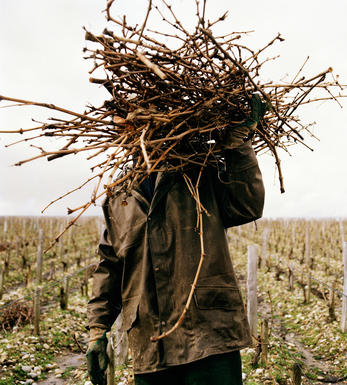
1999 Champagne Bruno Paillard, N.P.U. Nec Plus Ultra (Disg. Jan 2012)

About this WINE

Bruno Paillard
Established in 1981, Bruno Paillard is based in Reims, in the heart of the Champagne region of France. The estate is known for its commitment to crafting wines of the finest calibre, driven by a philosophy of precision, attention to detail, and a focus on showcasing the pure expression of the terroir.
As a “Négociant Manipulant” (NM) Champagne house, they own some of their vineyards, but they also source grapes from carefully selected growers with longstanding relationships. This approach allows them greater control over the grape quality and maintains their strict quality standards.
One key aspect that sets Bruno Paillard apart is its dedication to using only the first pressing of the grapes during the winemaking process. This process, known as “cuvée,” is believed to be the finest and most delicate juice from the grapes, resulting in Champagne of exceptional finesse and elegance.
Another distinctive feature of Bruno Paillard Champagnes is their extended ageing period in their cellars. The house holds its non-vintage Champagnes in the cellar for at least three years, while vintage and prestige cuvées can age even longer, allowing the wines to develop complexity, depth, and character.
Bruno Paillard produces a range of Champagnes, from the fresh and lively non-vintage blends to the more complex and nuanced vintage and prestige cuvées. Each Champagne is carefully crafted to express the unique characteristics of the grapes and the specific terroir they come from.

Brut Champagne
Brut denotes a dry style of Champagne (less than 15 grams per litre). Most Champagne is non-vintage, produced from a blend from different years. The non-vintage blend is always based predominately on wines made from the current harvest, enriched with aged wines (their proportion and age varies by brand) from earlier harvests, which impart an additional level of complexity to the end wine. Champagnes from a single vintage are labelled with the year reference and with the description Millésimé.
Non-vintage Champagnes can improve with short-term ageing (typically two to three years), while vintages can develop over much longer periods (five to 30 years). The most exquisite and often top-priced expression of a house’s style is referred to as Prestige Cuvée. Famous examples include Louis Roederer's Cristal, Moët & Chandon's Dom Pérignon, and Pol Roger's Cuvée Sir Winston Churchill.
Recommended Producers : Krug, Billecart Salmon, Pol Roger, Bollinger, Salon, Gosset, Pierre Péters, Ruinart

Champagne blend
Which grapes are included in the blend, and their proportion, is one of the key factors determining the style of most Champagnes. Three grapes are used - Pinot Noir, Chardonnay and Pinot Meunier.
26% of vineyards in Champagne are planted with Chardonnay and it performs best on the Côtes des Blancs and on the chalk slopes south of Epernay. It is relatively simple to grow, although it buds early and thus is susceptible to spring frosts. It produces lighter, fresher wines than those from Burgundy and gives finesse, fruit and elegance to the final blend. It is the sole grape in Blancs de Blancs, which are some of the richest long-lived Champagnes produced.
Pinot Noir accounts for nearly 40% of the plantings in Champagne and lies at the heart of most blends - it gives Champagne its body, structure, strength and grip. It is planted across Champagne and particularly so in the southern Aube district.
The final component is Pinot Meunier and this constitutes nearly 35% of the plantings. Its durability and resistance to spring frosts make the Marne Valley, a notorious frost pocket, its natural home. It ripens well in poor years and produces a soft, fruity style of wine that is ideal for blending with the more assertive flavours of Pinot Noir. Producers allege that Pinot Meunier lacks ageing potential, but this does not deter Krug from including around 15% of it in their final blends.


Buying options
Add to wishlist
wine at a glance
Delivery and quality guarantee